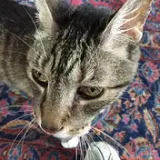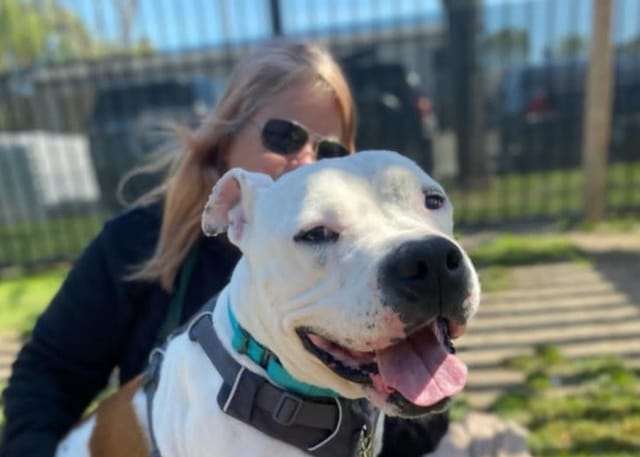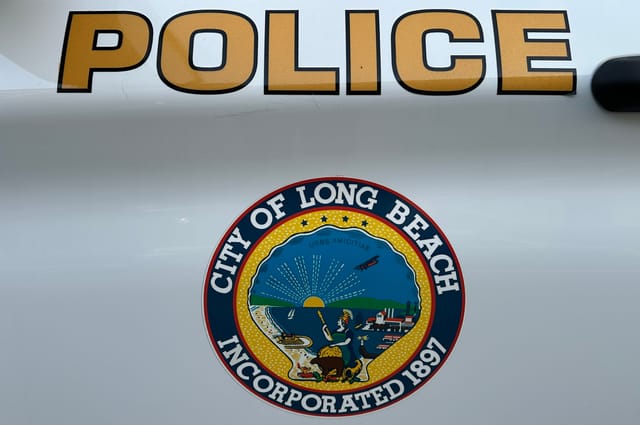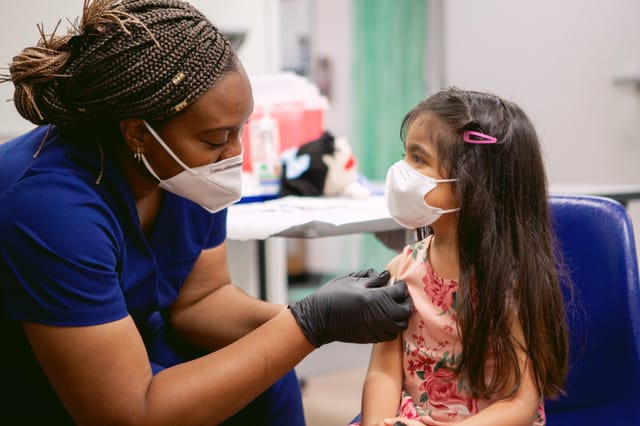Long Beach Animal Care Services takes in 74 cats from hoarding situation
Animal hoarding causes suffering for both pets and the person with the mental illness.
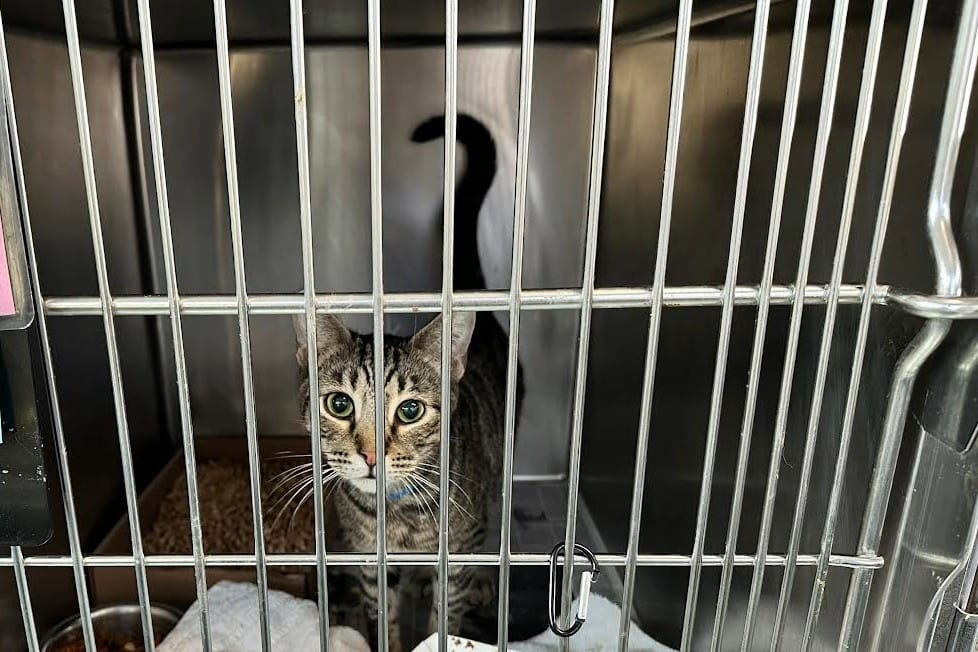
In late October, Long Beach Animal Care Services (LBACS) responded to reports of a large number of cats kept inside a house. When animal control officers arrived at the location, they found 74 cats in various states of health. One was in such sorry shape that it had to be euthanized.
“[The resident of the house] started out with the best intentions, wanting to save animals, and then wound up underwater with them,” LBACS manager Dr. Melanie Wagner said.
The officers immediately took in 11 of the cats because they were sick. The person living in the house, who Wagner said is cooperating, is bringing the rest of the cats, five at a time, at regular intervals to the shelter.
This was another sad case of animal hoarding, a mental disorder that an American Society for the Prevention of Cruelty to Animals (ASPCA) article defines as “an inability to provide even minimal standards of nutrition, sanitation, shelter and veterinary care — often resulting in over-breeding of animals, animal starvation, illness and even death. In some cases, guardians believe they are helping their animals and deny this inability to provide minimum care.”
The article gives an opinion that animal hoarding may be a different type of hoarding disorder from one in which the hoarder feels unable to discard possessions such as old newspapers and containers. It may also stem from a traumatic childhood or the desire to rescue every animal the person sees on the street without considering their own financial or physical capacity to handle them all.
“It comes from a place of wanting to love and help animals, and it gets out of hand,” Wagner said. “Our strategy is obviously to make sure the animals are safe and also to make sure we have the capacity for care and avoiding contagion.”
Not all people who hoard animals want to cooperate.
“Depending on the severity, we may need to get police involvement,” Wagner said. “We can’t go breaking down doors. We need to involve LBPD, maybe get a warrant. We don’t manage the numbers — Code Enforcement does. They oversee the limit when it gets out of hand, and LBACS is included to reduce the number. We manage health and welfare.”
Municipal shelters have to get creative when conditions make it necessary to take in an entire hoarded population at once.
“You pivot your operation pretty quickly,” Wagner said. “You turn the parking lot or an open area into triage, you ship in prefab containers if you need to, you reach out to rescues. We once took in a hoarding case of 44 bunnies who had ringworm, scabies and pregnancy. We turned one of the cat rooms into a rabbit rescue room. In emergency cases, one of the things I’ve been told is that animal rescue groups have to support you.”
The cooperation of the cat hoarder was helpful in managing the staggered intake of the cats. The sickest ones who came in first are now receiving treatment. The Little Lion Foundation pulled several of them, and Pasadena Humane contacted LBACS to pull others. The cats who remain at LBACS will be up for adoption when they’re healthy.
“They’re doing well,” Wagner said. “We have some exceptionally friendly cats and some who won’t be socialized. Those will go to Kitty Bungalow’s Working Cats Program for unsocialized cats.”
Recognizing and helping animal hoarders
A household with multiple pets doesn’t always signal a hoarding situation, but there are certain indicators. ASPCA lists them as follows:
- The person owns an unusual number of animals. In some cases, the person may not know the total number of animals in their care.
- The person is unable to provide minimal standards of nutrition, sanitation, shelter and veterinary care for the animals.
- The home or property has deteriorated (i.e., dirty windows, broken furniture, holes in the wall and floor, extreme clutter).
- There is a strong odor, and floors may be covered with dried feces, urine, vomit, etc.
- Animals may be emaciated, lethargic and under-socialized.
- Fleas and vermin are present.
- The person may be isolated from social support and may neglect themselves or appear physically or mentally unwell.
- In some cases, the person may desire assistance to rectify the situation, to help the animals and their living environment. In other cases, the person may not have awareness of the severity or decline help intended to resolve the situation. Reassure the person involved that it's okay to accept help. People who accumulate animals may be worried that their animals will be killed, or that they will never see them again. Assure them that the animals need urgent care and that immediate action is necessary.
- Volunteer your time. With the removal of animals from a hoarding situation, the burden on local shelters can be staggering. Volunteer to help clean cages, socialize animals, walk dogs and perform other such necessary duties at a shelter or rescue near you.
The last two list points are important. As Wagner said, animal hoarders usually think that they’re doing right for the animals or may need a sense of security that animals provide. If the pets aren’t cared for, reporting the situation will help the pets, but the human needs care, too, which can be touchy whether you know the person or are a stranger. If you’re comfortable, contact a medical professional for advice; Long Beach’s listing of mental health resources is a place to start.
This is a good time to remember that we sometimes need to put a check on ourselves. Animal advocates who aren’t hoarders can still have their Noah’s Ark capsize if they don’t set limits. Surely some of us can relate to that.
“There is such a thing as a cost for carrying too much because you can end up in a situation where you and the animals are at risk,” Wagner said. “Decide what your individual capacity is, and set clear boundaries in rescue.”
If you believe that someone is hoarding animals, Wagner said to report it to Long Beach Animal Care Services at 562-570-7387, to Code Enforcement or to the Long Beach Police Department at 562-570-6711 or on their website if you observe an urgent issue such as multiple dead or suffering animals.
“I always talk about partnership and community,” Wagner said. “Our animal welfare crisis is not an individual problem.”
YOURS DROOLY
The cats from the hoarding situation are in quarantine and not available for adoption — yet. You can, however, help free up kennel space for them by making Long Beach Animal Care Services (LBACS) your first stop for adoption. Cats and kittens are always two for one adoption fee. This November, during LBACS’ Give Thanks, Give Love promotion, you can choose your own adoption fee for any cat, dog or bunny because, as the slogan reads, “love shouldn’t have a price tag.
Tonight, Friday, Nov. 7, is First Fridays at the shelter and they’re open until 8 p.m. You’ll have lots of time to come by and take advantage of all the win-wins for you and the pets. Shelter hours are Wednesday through Friday from 10 a.m. to 5:30 p.m. and Saturday and Sunday from 10 a.m. to 4 p.m. at 7700 E. Spring St. at the entrance to El Dorado Park (no parking fee for shelter visitors).
Here are a few cat-volunteer favorites. Email PetAdopt@longbeach.gov to adopt or petfoster@longbeach.gov to foster. Check them all out here!
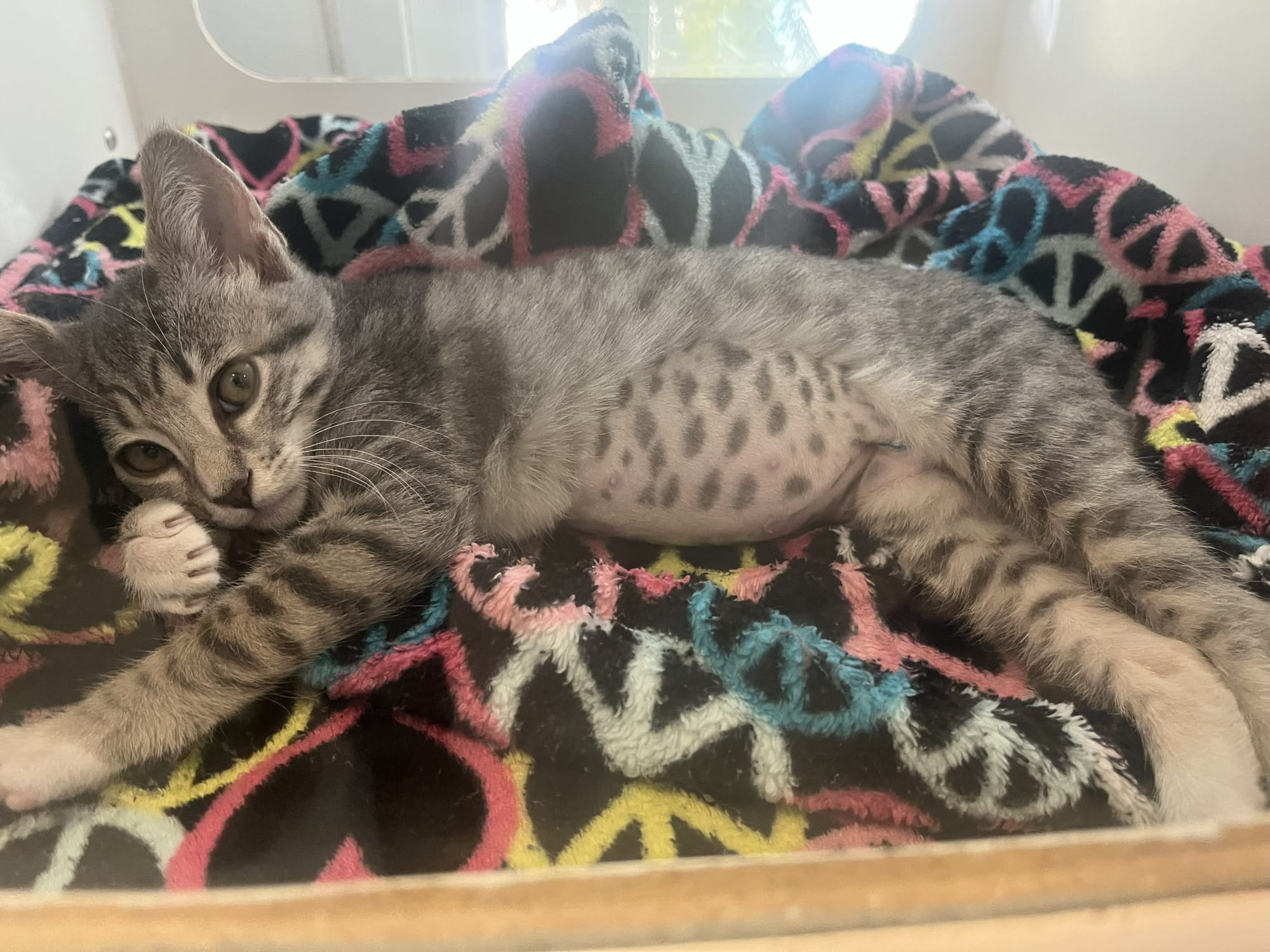
Pretty little Olive (ID#A748983) is a 3-month-old silver tabby who’s showing off her little spotted belly to prove she’s been fixed. She’s also hinting that that’s where she’d like a belly rub once she’s in your house. Olive is FeLV positive, which means that she has an incurable virus that may affect her health. With proper vet care and treatment, Olive can live happily in a home with either no other cat or one who is also infected with the virus. Olive came from the outdoors and was not vaccinated against FeLV, but if she could talk, she’d remind you to be sure to get your cats vaccinated against this miserable illness.
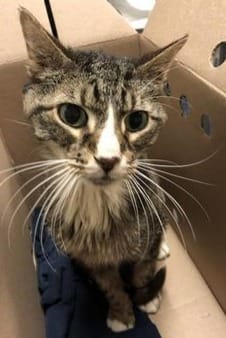
This photo shows Twyla (ID#A749556) when she first entered the shelter. Someone just gave up this lovely 10-year-old cat. She was so forlorn, but you should see her now! She’s sleek and lovely and is looking for the love of her life and a lap to go with it.

Tarragon (ID# A747778) is 5 months old. He had an eye removed, possibly from a rupture but he does just great with one eye! He loves people but needs an outlet for all that playfulness!
TAIL-WAGGIN' AND NOSE-BOOPIN' EVENTS
Whiskers in Wonderland Gala

It’s the most wonderful time of the year yet again! The Little Lion Foundation invites all the cat folks to partake of a festivity for the felines for the sake of saving the lives of Long Beach’s vulnerable cats and kittens. The enchanting evening features live music and dancing, delicious hors d’oeuvres, a silent auction, games with prizes, and a powerful keynote address by world-renowned cat behaviorist and advocate Jackson Galaxy, whom you will recognize from Animal Planet’s “My Cat from Hell.” Join in and snag some great holiday gifts for your friends, your family and yourself. Know that the greatest gift will be the funding of Little Lion’s efforts, especially their rescue programs and especially, especially the low-cost, high-quality spay and neuter clinic that provides essential services to underserved families and community cats throughout Long Beach and the surrounding areas.
Whiskers in Wonderland takes place Sunday, Nov. 9, 5 p.m. at The Reef on the Water, 880 S Harbor Scenic Dr., Long Beach. Tickets $150 each; add-on game pass $25. Purchase here.
SoCal Bulldog Rescue’s Danbury Christmas Tree raffle
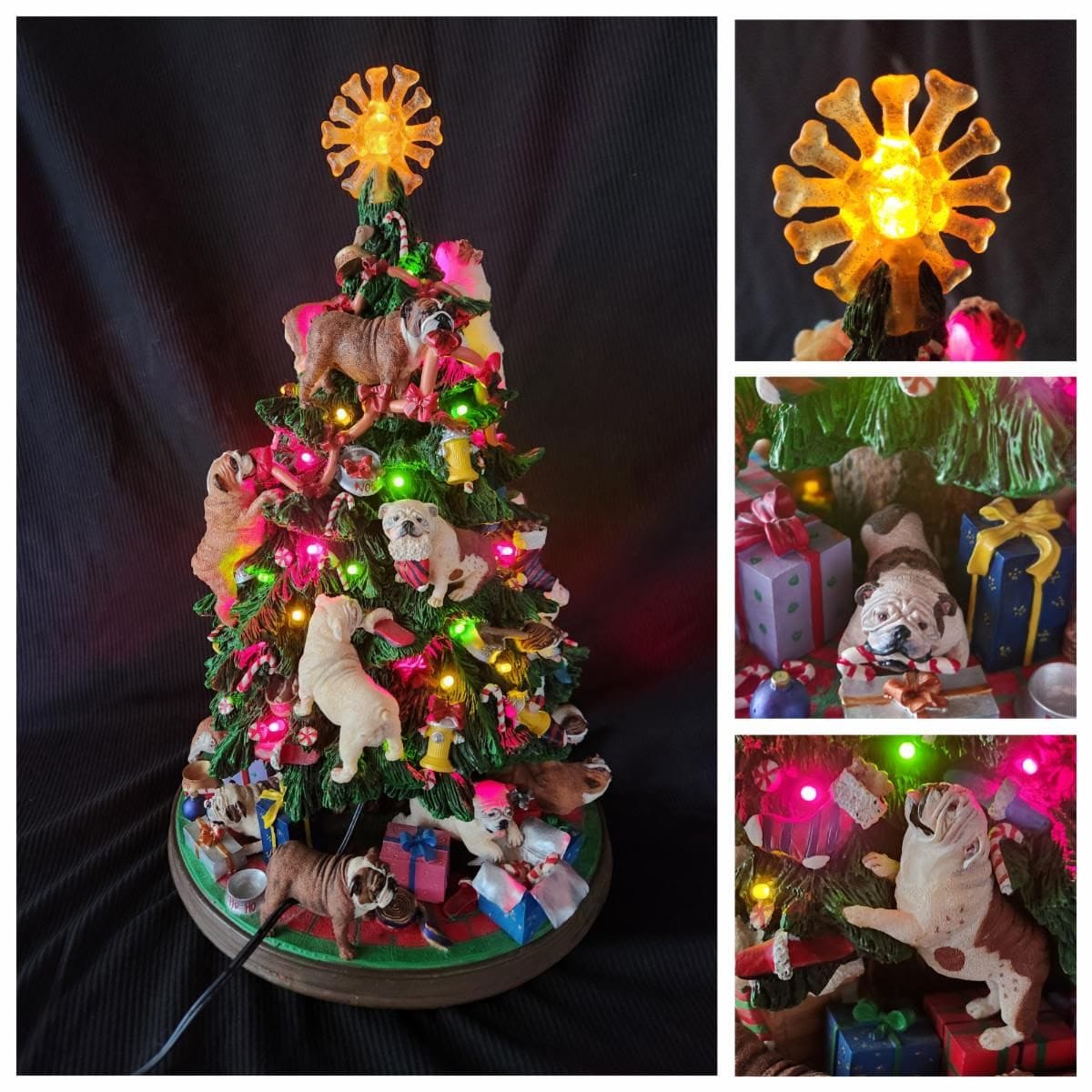
Oh, you know you can’t do without this! Southern California’s favorite haven for bulldogs is raffling off this quirky collectible. Funds raised by the raffle will go toward room, board and any necessary medical care for the rescue’s squatty, adorable little charges. Drawing will take place Nov. 12, so the winner will be able to deck their halls with boughs of bullies in plenty of time for the holidays.
Raffle tickets are available through Nov. 10. Ticket prices are $10 each, 6 for $50 and 14 for $100, Buy tickets here, or email Info@socalbulldogrescue.org for information on purchasing them by check, PayPal, Venmo or Zelle.
Programs for community cat TNVR education and certification
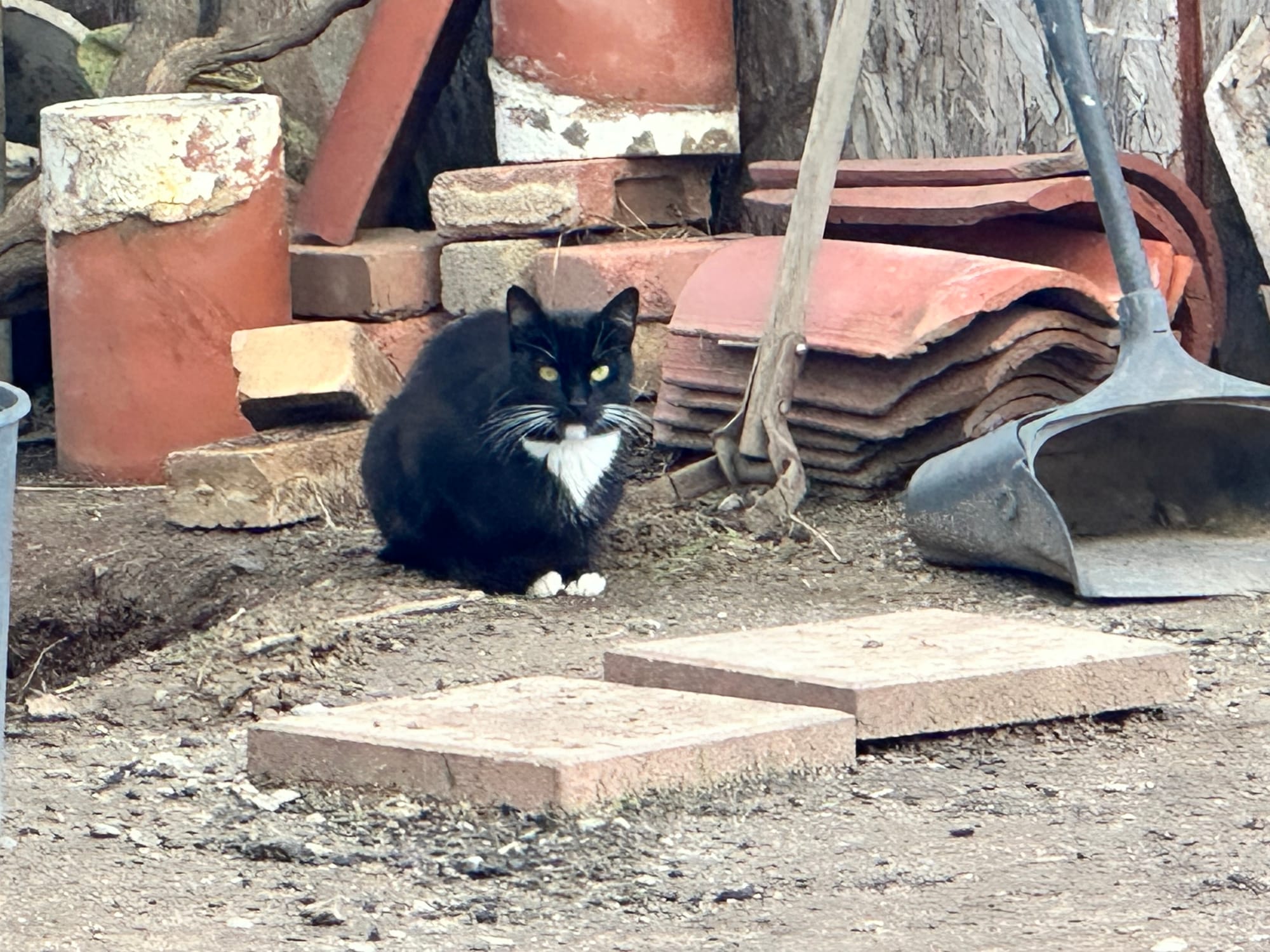
TNVR is the latest initialism for trapping, spaying or neutering, vaccinating and returning community cats to whence they came. Long Beach is making great leaps and pounces in the effort to make sure that our stray and abandoned kitties will go forth and breed no more in a concerted effort by our shelter at Long Beach Animal Care Services, rescues, volunteer trappers and just plain folks like you who organize, share resources and learn to trap.
One of them is John Crouch, who is one of Long Beach’s biggest TNVR advocate and educator. He recommends the Community Cats Podcasts for anyone who wants to learn how to trap and take part in a certified program. Access this link for a wealth of information.
Need a low-cost veterinarian, information about trapping community cats, places to volunteer, rescues and shelters to adopt from — anything pet related? Follow this link for resources. Please add your own ideas in the Comments section.
We need your support.
Subcribe to the Watchdog today.
The Long Beach Watchdog is owned by journalists, and paid for by readers like you. If independent, local reporting like the story you just read is important to you, support our work by becoming a subscriber.

